News

Stradivarius Counts On Omnichannel and Aitana Ocaña
For the well-known creative international clothing fashion brand, first 2018 quarter news include, among others, the new Online Specialist role: in the framework of the omnichannel strategy developed by the company, an online specialist is now available in every store in the countries where Stradivarius operates an online website (Stradivarius runs more than 1,000 stores in 74 international markets including e-commerce in 32 countries).
Company news also include the presentation this week in Madrid of Aitana Ocaña: this young singer, who was a finalist of the famous Operación Triunfo 2017 Spanish TV music show (see image), becomes the first Spanish Ambassador of the international women and men clothing fashion brand owned by the Inditex group.
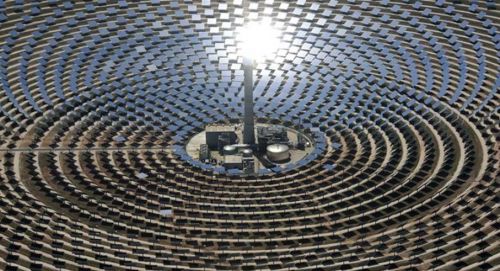
Sun and salt: SENER’s know-how
On one hand, Torresol Energy, a company created by SENER and the alternative energy company from Abu Dhabi MASDAR to promote the technological development, construction, operation and maintenance of large solar power plants, owner of the innovative plants Gemasolar–a pioneering facility with central tower and molten salt heat storage technology- in Fuentes de Andalucía (Seville, Spain); Valle 1 and Valle 2, celebrates its tenth anniversary this month.
On the other hand, SENER and ACCIONA Industrial have achieved in South Africa the connection of the 100 Mw Concentrated Solar Power (CSP) plant to the grid on 23 February 2018. The Kathu Solar Park CSP Plant, which will supply electricity to 179,000 homes, is equipped with a molten salt storage system that allows 4.5 hours of thermal energy storage to extend the operational capacity of the plant after sunset.
Congratulations!
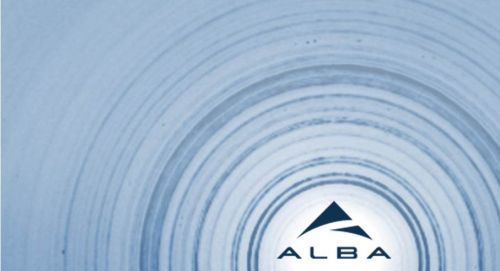
Major Upgrade of an ALBA Synchrotron Beamline
One of these beamlines is called NCD, which stands for Non Cristalline Diffraction: this beamline is used to get structural information about non crystalline materials, that is to say materials in which atoms are not perfectly ordered, such as polymers or proteins, for instance.
By the way, the NCD beamline is now NCD-SWEET and the new name has been announced this week by ALBA. But, of course, the change goes far beyond: the beamline devoted to Small Angle and Wide Angle X-ray Scattering (SAXS, WAXS) has gone through a major upgrade and now offers users further experimental possibilities and higher quality data.
Upgraded items in the SAXS WAXS experimental techniques (SWEET) involve a new monochromator system, a new photon counting detector, a new sample table and a beam conditioning optics with µ-focus and GISAXS options. This new GISAXS (Grazing, Incident SAXS) technique is now available and will be open to academic users in the next call for experiments.
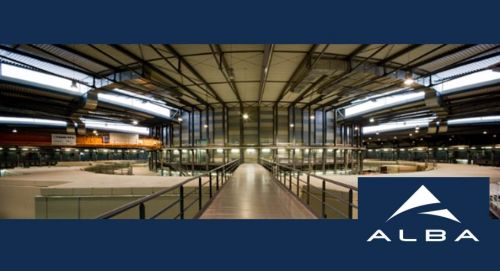
ALBA Synchrotron is as good at humanities as at sciences!
Alzheimer:
Researchers from the ALBA Synchrotron and the Universitat Autònoma de Barcelona (UAB) have analysed with synchrotron light different Alzheimer's aggregates, their location and their effect in cultivated neuronal cells. Results, published in Analytical Chemistry, pave the way to better understand the development of this disease that affects more than 30 million people worldwide.
Elamite Kingdom:
Scientists from University of Isfahan in Iran have analysed in the ALBA Synchrotron how were made ancient Iranian glass objects that date back to 2.500 BC. These decorative glass pieces were excavated from the ziggurat of Chogha-Zanbil, a type of stepped pyramidal monument, inscribed on the UNESCO World Heritage List. With this information, scientists will be able to know better the glass manufacturing process and reconstruct the technological expertise (know-how) of this ancient civilization.
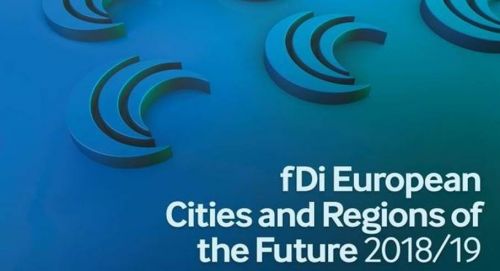
Catalonia, 2018/19 Top Southern European Region for FDI Strategy
Financial Times sees Catalonia as the best Southern European Region in its latest report on the most attractive European locations for future foreign direct investments (FDI), the same ranking as two years ago. Barcelona comes second in the continent as the best southern city.
To develop this classification five criteria in more than 450 regions and cities in Europe have been analysed: economic potential, labour environment, cost effectiveness, infrastructure and business friendliness. Taking into account these indicators, the ranking determines that the five most attractive regions of southern Europe in 2018 and 2019 are Catalonia, Madrid, Lombardy, Istanbul and Lisbon, respectively.
In this document called "fDi European Cities and Region of the future 2018/19", which is produced by fDi Magazine (February/March 2018) from the Financial Times, FDI strategy is also analysed: Catalonia and Barcelona rank first in the categories of large regions and major cities, respectively.
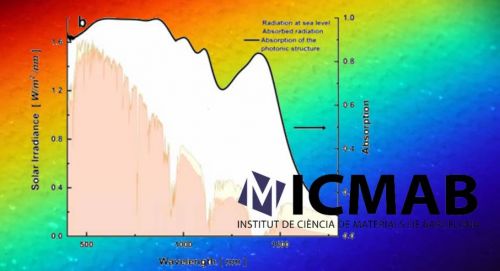
ICMAB traps sunlight with superabsorbent nanomaterials
Great news from the Institute of Materials Science of Barcelona (ICMAB), a Barcelona Synchrotron Park’s partner: researchers led by Dr. Agustín Mihi, have created materials that largely absorb a wide range of the solar spectrum, between 400 and 1500 nm (visible light and infrared radiations), using an ultrathin layer of less than 100 nm thick of material.
The followed strategy, low cost and fully scalable, is based on combining the thin layer deposition of semiconductors on metals, and the nanostructuring of the material forming photonic crystals. The obtained superabsorbers materials have many potential applications, especially in the field of photovoltaic energy and photodetection.
Moreover, the researchers provide, in the study published in Advanced Materials, the design guidelines to synthesize other types of materials following the same strategy.









